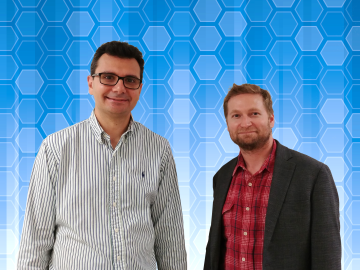Filter News
Area of Research
News Type
Date
Media Contacts
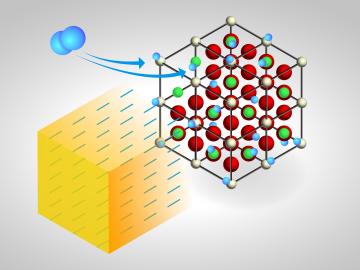

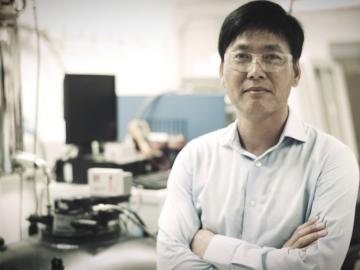
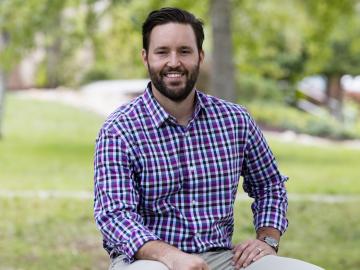
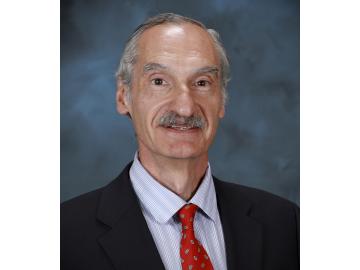
Two researchers from the Department of Energy’s Oak Ridge National Laboratory have been elected fellows of the American Nuclear Society (ANS), a professional society that promotes the advancement and awareness of nuclear science and technology. Guillermo Daniel (...
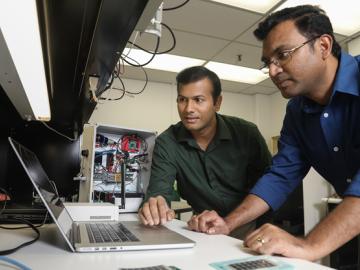
Researchers at the Department of Energy’s Oak Ridge National Laboratory are partnering with the city of Oak Ridge to develop UrbanSense, a comprehensive sensor network and real-time visualization platform that helps cities evaluate trends in urban

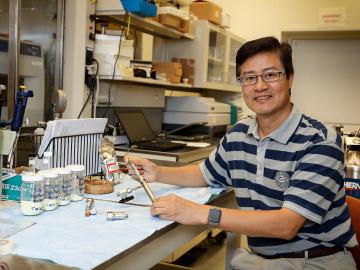
Chemical and biomolecular engineer Michael Hu has spent his career devising novel means to filter, separate, and select desirable materials from liquids and gases with an eye toward better biofuels, biochemicals, pharmaceuticals, and other products—and is setting his sights on app...
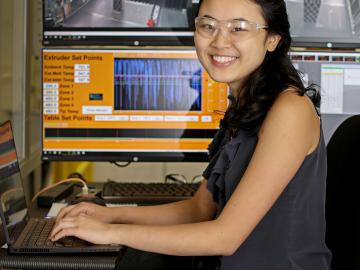
Inspired by her computer science studies and the possibilities of 3D-printing, intern Elizabeth Yeoh-Wang found a way to combine those pursuits as she worked on a software project at the Manufacturing Demonstration Facility (MDF) at Oak Ridge National Laboratory (ORNL) last summer. Elizabeth, a r...
